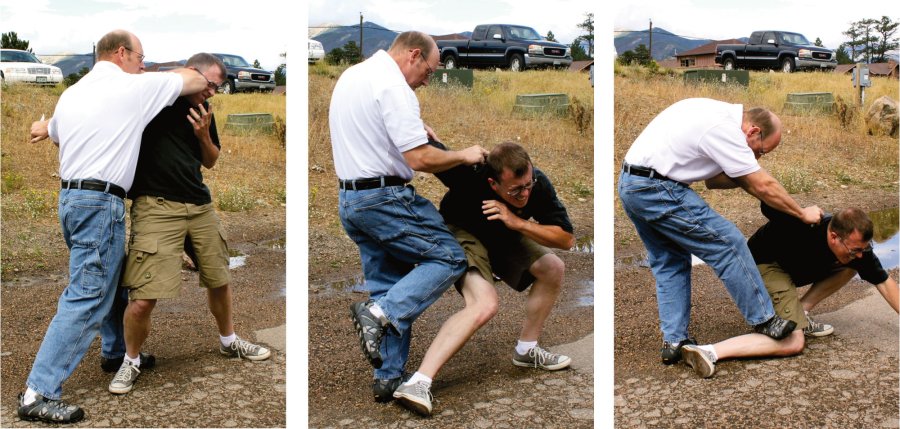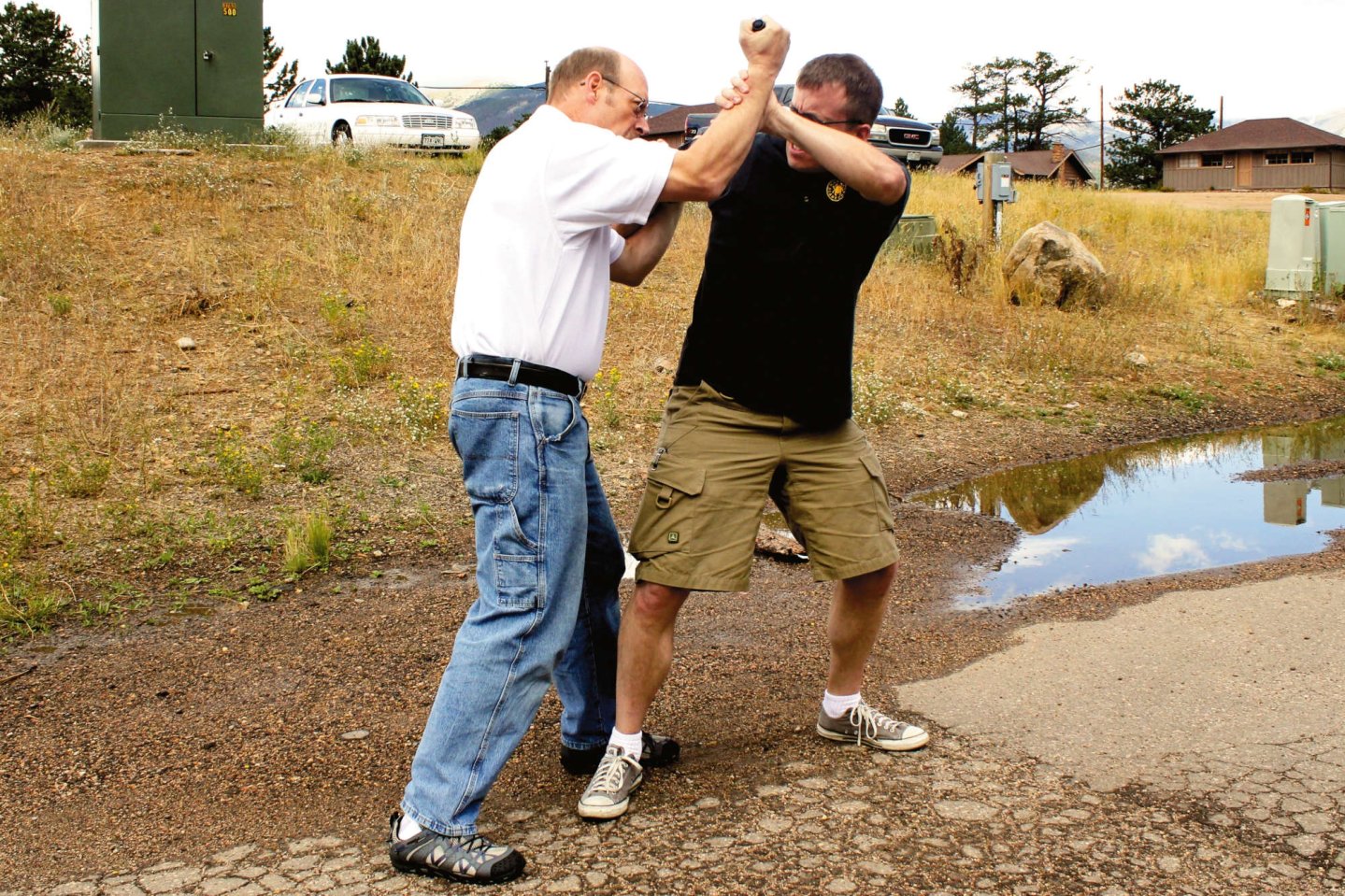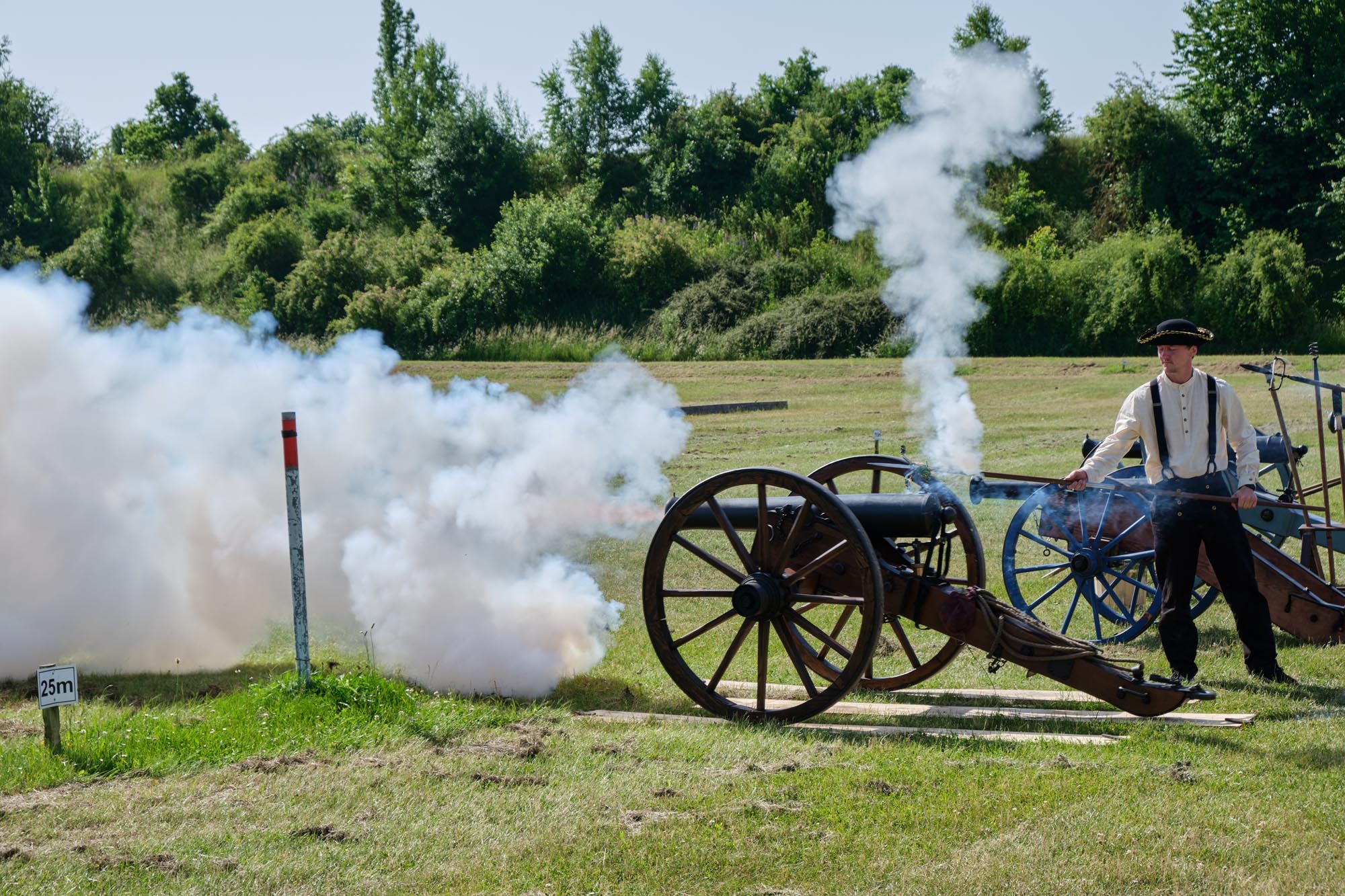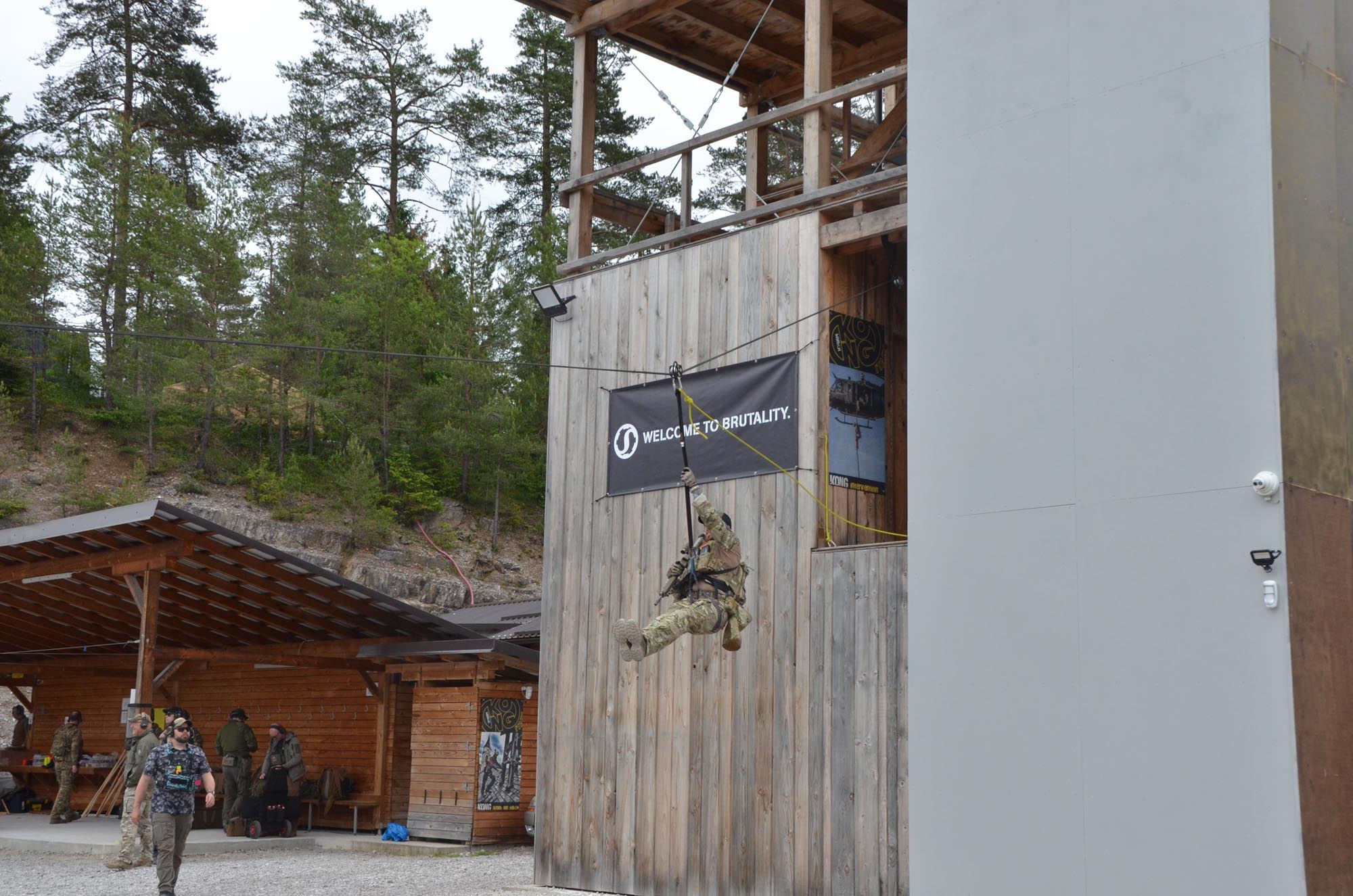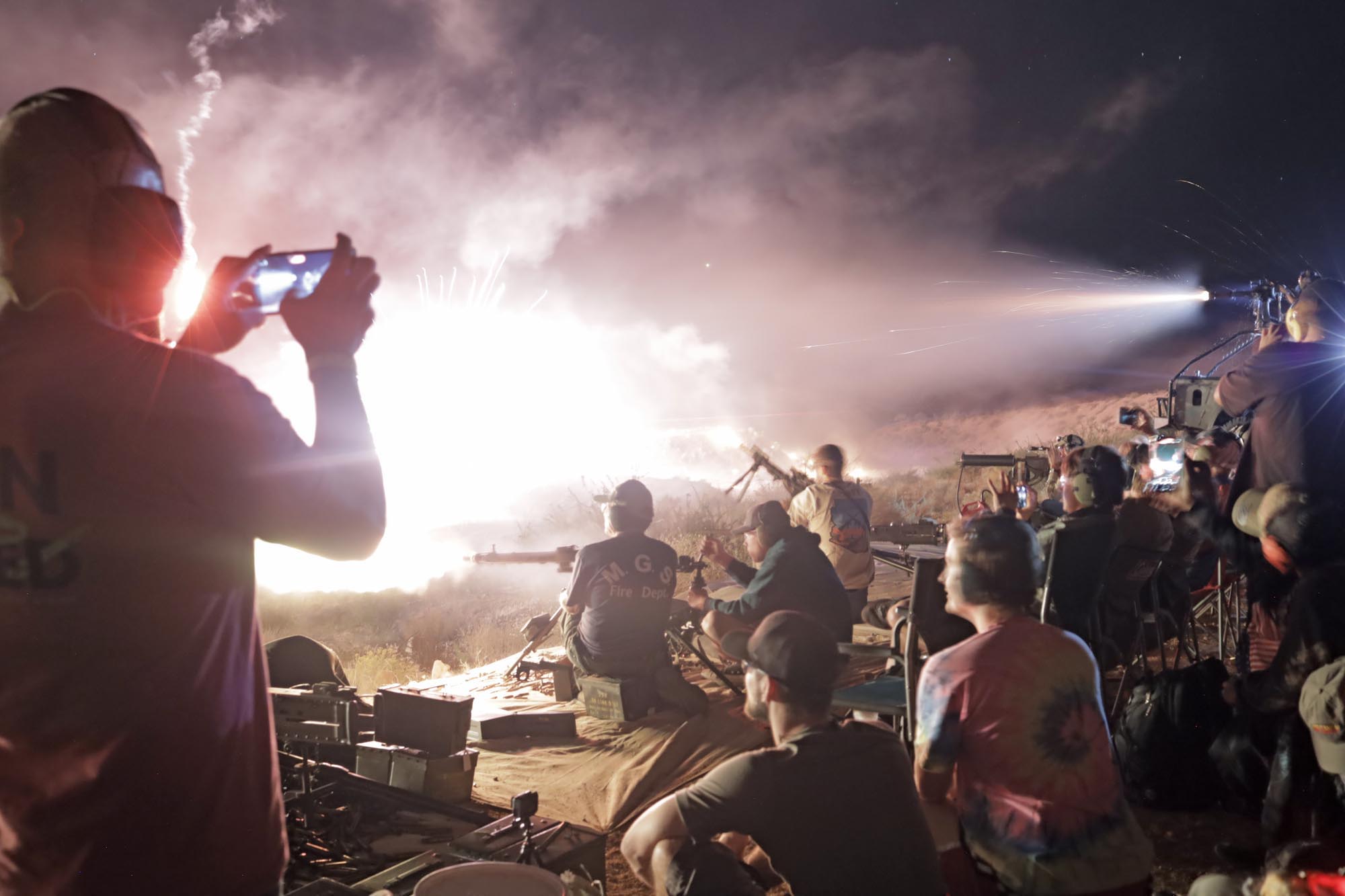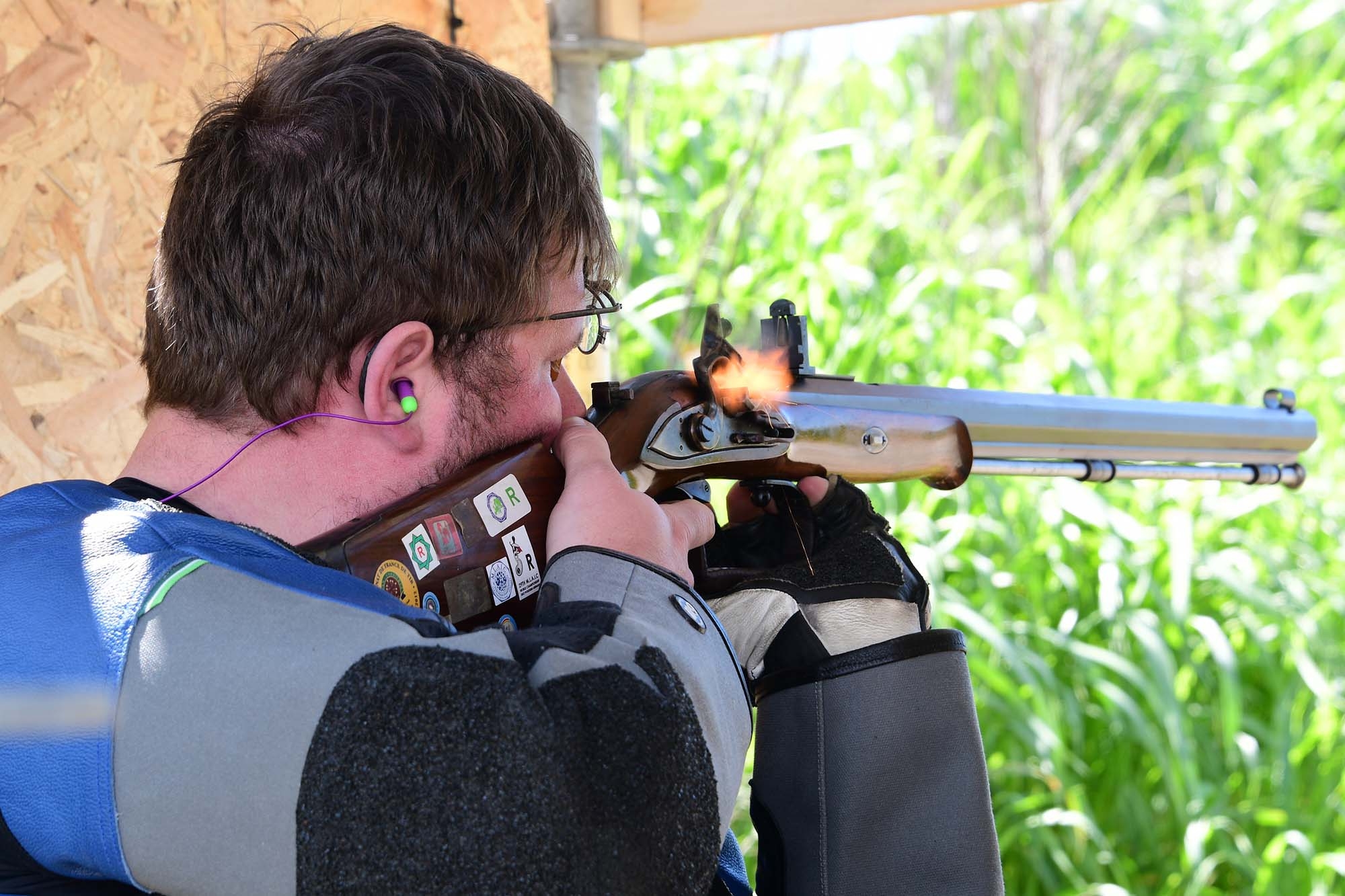What is the difference between unarmed and armed self-defense? From a legal and ethical point of view, the attack must be massive to justify the use of a weapon. Technically, there should be no much difference between unarmed and armed defenses.
The use of improvised weapons
This is all the more true when it comes to the use of improvised weapons such as pens, flashlights and similar everyday objects. The basic function of an improvised weapon is to enable us to strike even harder and more effectively than with our bare hands. Although there are many different types and sizes of improvised weapons, they must be small and light enough to fit into a fist. Also known as "fist loads", they allow you to use exactly the same tactics and techniques that you would use with empty hands, but with greater effectiveness. In the previous installments of our series I explained the idea "to have a plan and to implement it consistently in case of self-defense". Rather than worrying about different defense techniques against a variety of possible attacks, our declared objective is to focus on a single "standard sequence" of movements that can be almost universally applied against any type of attack. The most important elements of our standard defense are the first two movements: the extension of the left arm (and the already explained multitude of functions that result from it) as well as the top-down hammerfist with the right hand. These two natural, instinctive movements can be repeated as often as necessary in a defense situation, whereby the hammerfist is designed to be perfomed with an improvised weapon.

Choice of weapon and correct grip
A good improvised weapon must be strong enough to be used with maximum power. It should be large enough to fill the hand and stick out at least about one centimeter from both sides of the closed hand. The diameter of the object should also be large enough to fill the hand and ensure a secure grip. A good gripping surface can be an advantage, but it should not be so aggressive as to cause injury to the hand in the heat of the moment. Avoid objects with sharp surfaces and edges. Some so-called "tactical flashlights", which I should appreciate, have sharp-edged pocket carrying clips and other design flaws that make them hardly suitable as self-defense devices and could cause self-injuries. The easiest way to use such an improvised weapon is to hold it firmly with your hand and form a fist. The defense tool should protrude from the top and bottom of the fist and the thumb should be placed on the top protruding side of the object. This covering with the thumb ensures that our improvised weapon does not move upwards in the hand when hitting the target and that all the force is transferred to the target. With the appropriate self-defense tool and a proper grip, you can now perform the same movement sequences of our standard defense as we presented in part 1-4 of our series (see below).
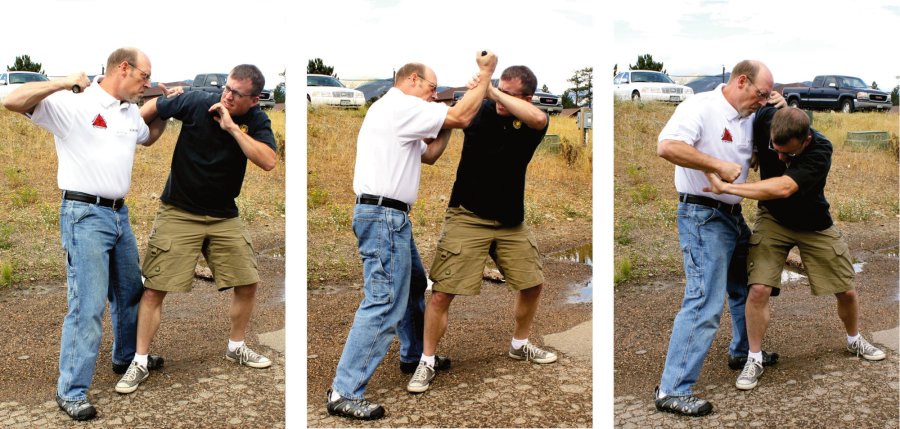
De-escalation is the first form of self-defense
Since our improvised weapon is not an obvious weapon at first sight, we can hold it in our hands ready for use at any time without drawing too much attention. So if we are faced with a potential danger that could not be avoided in advance, with our defensive weapon in our right hand, we adopt the standby stance already explained. Try to make the aggressor understand the situation verbally and with calming gestures with your left hand.
If we must actively defend ourselves
If the opponent does not respond to our de-escalation and attacks us, for example, with a straight fist blow (boxing: "Jab") or a top-down hammer blow to the center of our body, we extend our left arm from the standby position (first movement of our standard defense), catch the blow and divert the attacker's forearm away from us downwards. This flowing, circular movement continues clockwise until our arm is just before the 9:00 position under the attacker's arm. Using the power of our back muscles, we hook in behind the crook of the attacker's arm and pull it hard towards our chest. The attacker's arm is now blocked and immobilized. While we pull the opponent towards us, we perform the second action of our basic movement sequence: the hammerfist, which will leave even more impression with our improvised weapon. The collarbone, for example, is an excellent target that can be broken with a single blow or multiple blows. Keep control of the attacker's already blocked arm and, depending on the threat level of the attack, continue the series of strikes with the defense tool. The other collarbone, sternum, neck, face, and even eyes can be suitable targets. If the opponent is trying to block or grab your right arm, use the circular motion to divert his hand downwards away so that you can continue your series of blows. Alternatively, you can include in this action the other steps of our standard defense that have not been performed before, such as a horizontal elbow strike, a knee strike into the abdomen, or a deep kick toward the opponent's knee, shin, or ankle. You will find that, with little practice, you can use the identical, intelligent, weaponless techniques with the improvised weapon. Here the opening movement, with which an opponent's limb is immediately under control, has an essential importance that grows when the attacker is armed.
